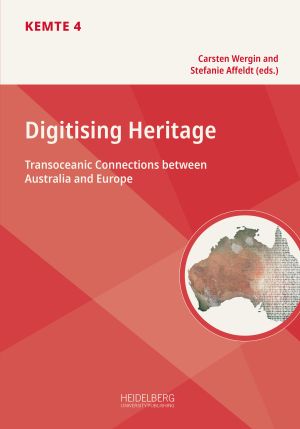Zitationsvorschlag
Lizenz (Kapitel)

Dieses Werk steht unter der Lizenz Creative Commons Namensnennung - Weitergabe unter gleichen Bedingungen 4.0 International.
Identifier (Buch)
Veröffentlicht
Mediating Traumatic Memory
The Potential of Interactive Digital Migrant Fictions
Abstract Mediated representations and news coverage of boat migration play a vital role in constructing discourses of the situation of refugees and asylum seekers at large, often in generalising ways. Whether as an image of potential danger and hostile threat or as the image of vulnerability, danger, and crisis, the iconic refugee boat evokes ambivalent and emotionally charged associations with notions of transoceanic migration. This chapter discusses the potential in the recontextualisation of individual migrant memories – by processes of fictionalisation and digitisation – to provide a transcultural perspective on memory and to contribute to the construction of collective memory and public awareness. By referring to two interactive web-based graphic stories, adaptations of Khaled Hosseini’s Sea Prayer (2018) and Nam Le’s The Boat (2009), this chapter discusses the choice of authors and media artists to accompany or adapt fictional migrant stories into interactive and intermedial forms. Hereby I argue that the interactive digital format provides particularly productive ways to represent the absences and gaps inherent to traumatic migrant memories and allows readers/viewers to be active participants in the re-conceptualisation of the representation of boat migration in public discourse and narrative.
Keywords Graphic Novels, Interaction, Memory, Migration, Storytelling






